-
Competitor rules
Please remember that any mention of competitors, hinting at competitors or offering to provide details of competitors will result in an account suspension. The full rules can be found under the 'Terms and Rules' link in the bottom right corner of your screen. Just don't mention competitors in any way, shape or form and you'll be OK.
You are using an out of date browser. It may not display this or other websites correctly.
You should upgrade or use an alternative browser.
You should upgrade or use an alternative browser.
It looks like the 'real' /affordable RDNA3 + next gen NV desktop launch won't launch until September. Thoughts?
- Thread starter g67575
- Start date
More options
View all postsLooks like AMD is finally readying Navi32 GPUs:
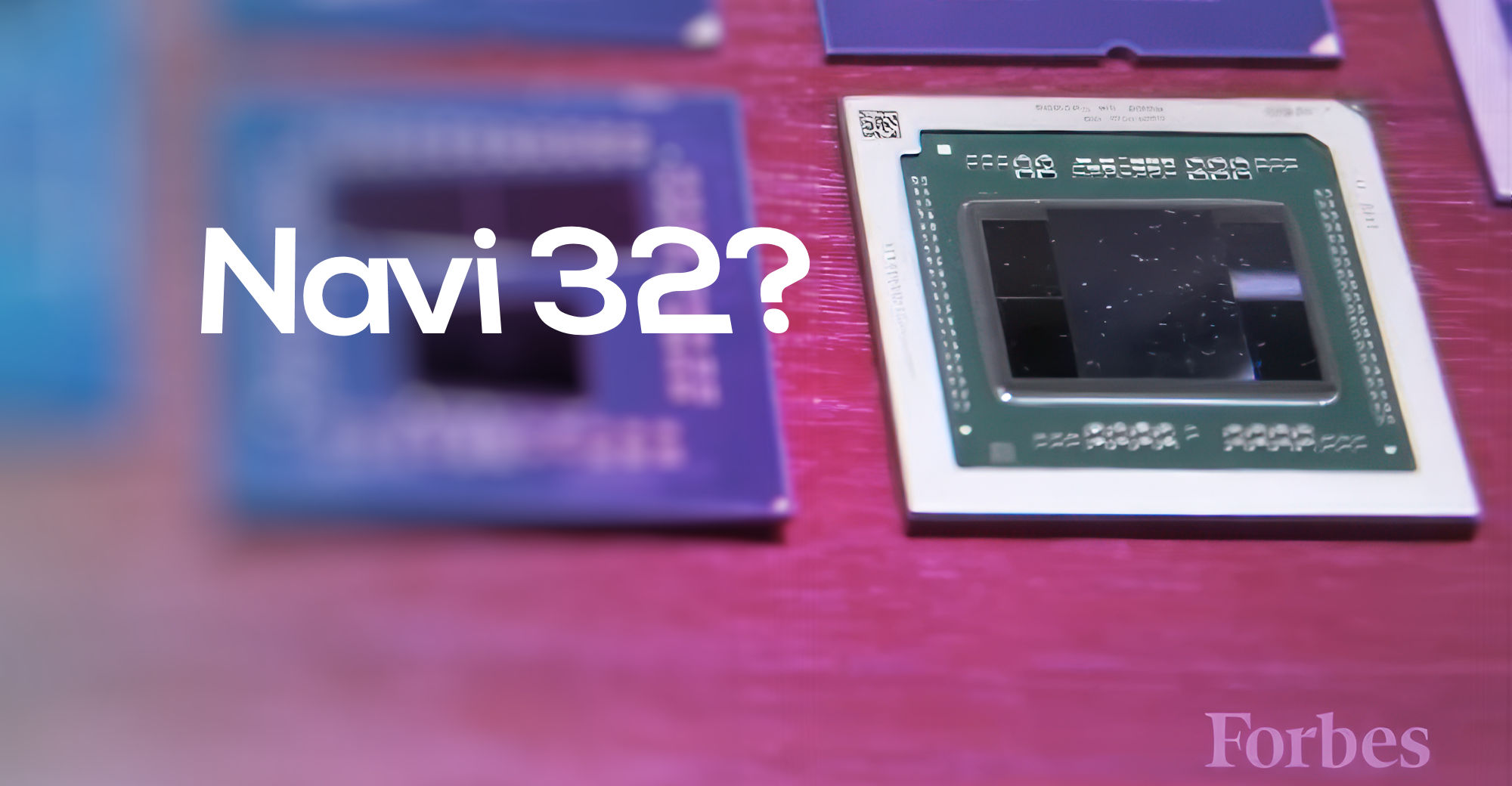
 videocardz.com
videocardz.com
I imagine the performance of the 60 CU part will be similar to the RX 6900 XT, so I expect it to be called the RX 7800. I suppose they might be able to call it an XT if clocked high enough, but I doubt it.
AMD still has some RX 6900 series cards to sell, so I expect they will want to sell these off first.

Alleged AMD Navi 32 GPU pictured with four MCD dies - VideoCardz.com
Navi 32 collecting dust at AMD HQ With no formal announcement, AMD casually shows its next-gen GPU during an interview. Forbes had a chance to talk to AMD CEO and President Lisa Su about the past and future of the company. This video is actually not very fresh, as we are looking at content...
I imagine the performance of the 60 CU part will be similar to the RX 6900 XT, so I expect it to be called the RX 7800. I suppose they might be able to call it an XT if clocked high enough, but I doubt it.
AMD still has some RX 6900 series cards to sell, so I expect they will want to sell these off first.
Last edited:
So, finally what looks like credible news on Navi32 GPUs:
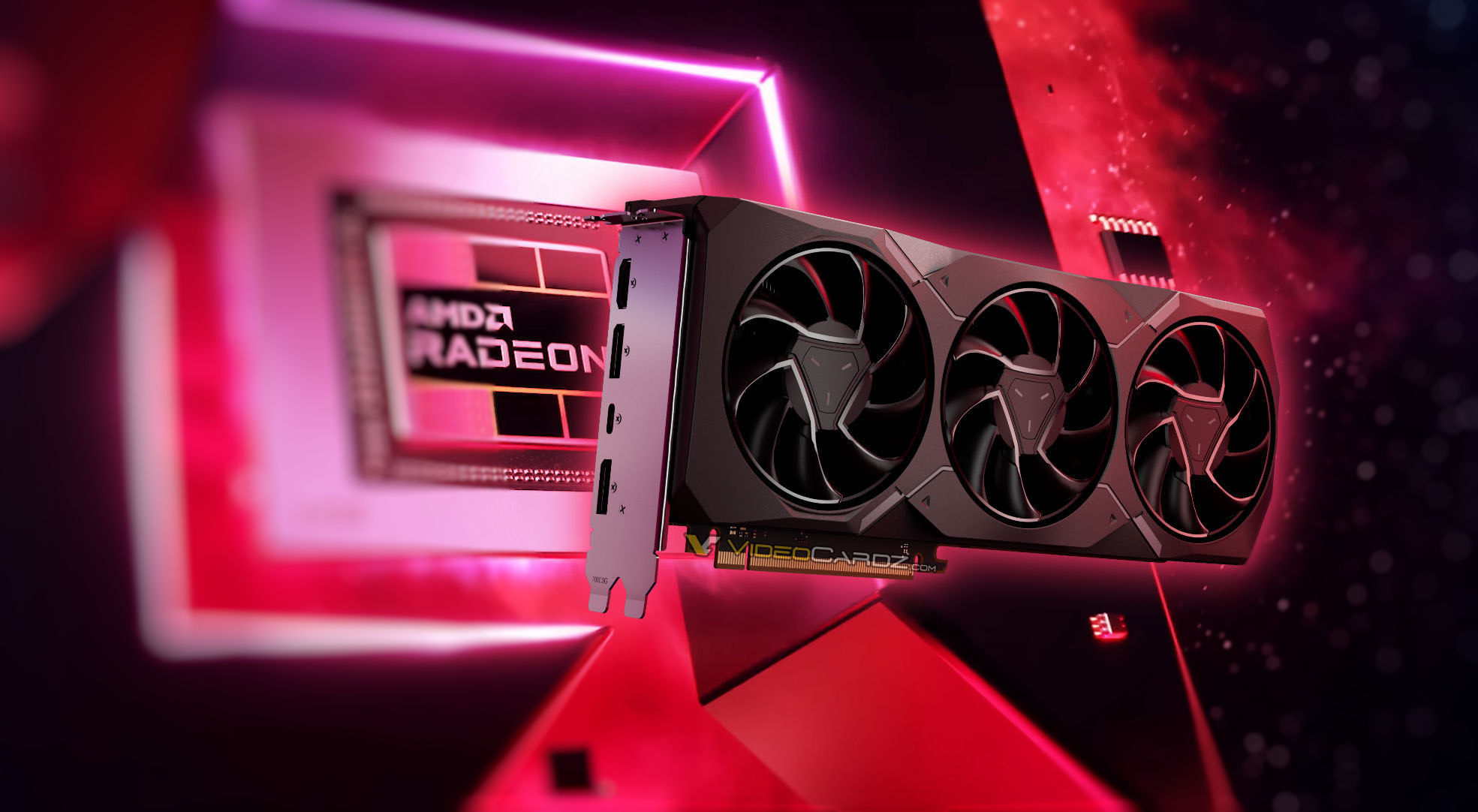
 videocardz.com
videocardz.com
Top product is 60 CUs, so perhaps ~20% faster than a RX 6800. Maybe close to RX 6900 XT but only with super high GPU clocks (clockspeeds unknown).
It seems a pretty good bet that they will launch these cards alongside FSR3 as this will significantly boost sales, so I reckon it will be September for both launches.
It's hard to see much appeal to the 60 CU variant without offering FSR3 - Which I think it will be exclusive to RDNA3 cards. I guess they should run reasonably cool also?
Maybe there will be price cuts to the RX 7900 series cards by then, also.
I wouldn't hold your breath for a Navi31 70 CU consumer GPU version, as the 70 CU dies seem quite limited, and it's hard to see how it would fit in with the pricing structure.

AMD Navi 32-based Radeon RX 7800/7700 series reportedly targeting September launch - VideoCardz.com
AMD might already showcase Radeon RX 7800/7700 at Gamescom AMD is reportedly targeting a September release for its Navi 32 desktop GPUs. According to the latest video by Moore’s Law is Dead, the GPU manufacturer has completed the development of its Navi 32 GPU and has already released...
Top product is 60 CUs, so perhaps ~20% faster than a RX 6800. Maybe close to RX 6900 XT but only with super high GPU clocks (clockspeeds unknown).
It seems a pretty good bet that they will launch these cards alongside FSR3 as this will significantly boost sales, so I reckon it will be September for both launches.
It's hard to see much appeal to the 60 CU variant without offering FSR3 - Which I think it will be exclusive to RDNA3 cards. I guess they should run reasonably cool also?
Maybe there will be price cuts to the RX 7900 series cards by then, also.
I wouldn't hold your breath for a Navi31 70 CU consumer GPU version, as the 70 CU dies seem quite limited, and it's hard to see how it would fit in with the pricing structure.
Last edited:
It depends on the global economy. Maybe they will try to launch RDNA4 a bit sooner in 2024? Like early Q3?Its taken AMD 10 months to release its full range - I hope RDNA4 is not more of the same.
Rather than late Q4 like with RDNA3.
Last edited:
Well, I'd say this GPU makes a lot of sense:
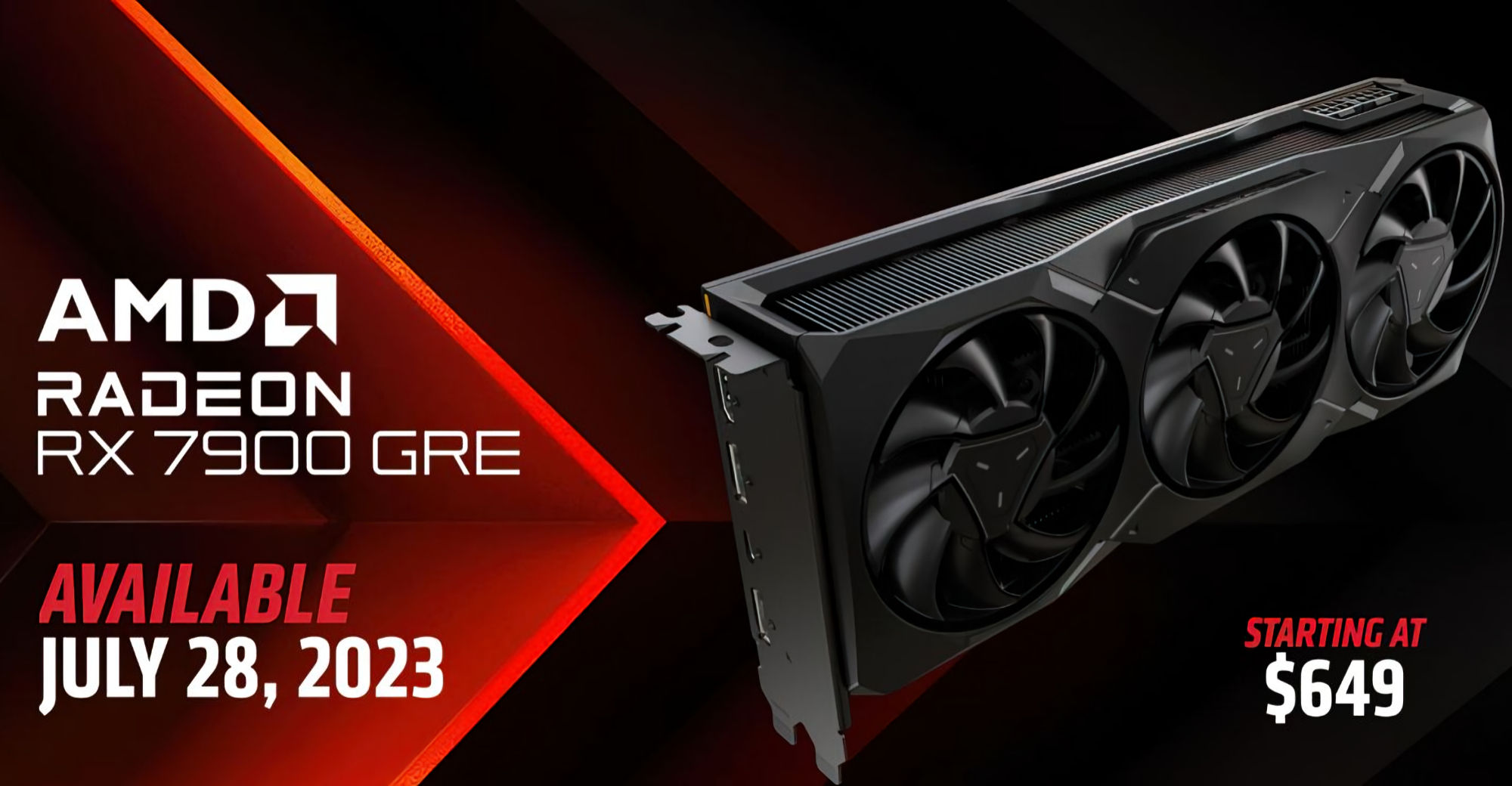
 videocardz.com
videocardz.com
It's nice that it's a Navi31 design, but basically cut down. I guess they thought Navi32 just wouldn't offer enough of an improvement vs the last gen.
It should be ahead of the RTX 4070 in performance (therefore RTX 3080 also). And it has a reasonable amount of VRAM.
The RTX 4070 TI is going to look pretty expensive compared to the RX 7900 (that's what I'm calling it).
I guess they're nearly done with RDNA3 releases now.
I imagine some gamers will still want a Navi32 successor to the RX 6700 XT as well.
The spec of the RX 7900 looks fairly similar to the RX 7900 XT, but the memory bandwidth is lower:
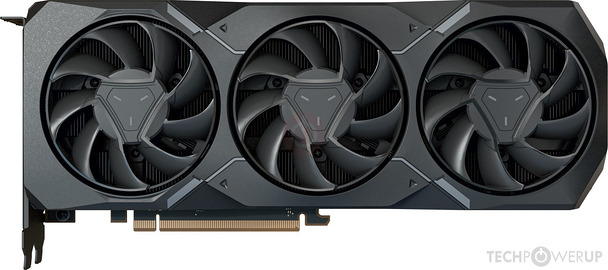
 www.techpowerup.com
www.techpowerup.com
The performance should be pretty decent in theory.

AMD Radeon RX 7900 GRE officially launches with 5120 cores, 16GB memory and 260W TBP, costs $649 - VideoCardz.com
AMD Radeon RX 7900 GRE features fewer cores and less memory than XT model, available globally soon AMD introduces ‘RX 7800 XT’ under a different name. Radeon RX 7900 GRE, Source: AMD During AMD’s presentation at China Joy in Shanghai, China, the much-anticipated Radeon RX 7900 GRE “Golden...
It's nice that it's a Navi31 design, but basically cut down. I guess they thought Navi32 just wouldn't offer enough of an improvement vs the last gen.
It should be ahead of the RTX 4070 in performance (therefore RTX 3080 also). And it has a reasonable amount of VRAM.
The RTX 4070 TI is going to look pretty expensive compared to the RX 7900 (that's what I'm calling it).
I guess they're nearly done with RDNA3 releases now.
I imagine some gamers will still want a Navi32 successor to the RX 6700 XT as well.
The spec of the RX 7900 looks fairly similar to the RX 7900 XT, but the memory bandwidth is lower:

AMD Radeon RX 7900 GRE Specs
AMD Navi 31, 2245 MHz, 5120 Cores, 320 TMUs, 160 ROPs, 16384 MB GDDR6, 2250 MHz, 256 bit
The performance should be pretty decent in theory.
Last edited:
Lots of gamers couldn't give a toss bout RT, and there is still FSR3 to come.
Price is king.
RT performance isn't great on the majority of Nvidia GPUs also, except for the 4080 and 4090, both out of the price range of the vast majority.
Price is king.
RT performance isn't great on the majority of Nvidia GPUs also, except for the 4080 and 4090, both out of the price range of the vast majority.
Last edited:
Early performance review of the RX 7900 (GRE) here:
 www.expreview.com
www.expreview.com
It's ahead of the RTX 4070 in raster, but sometimes behind in ray tracing.
It tends to do better at higher resolutions than the NV card.
AMD Radeon RX 7900 GRE显卡首发评测:高分辨率力压对手的中高端新贵 - 超能网
超能网(Expreview)专注于为主流科技产品提供全新视角的资讯,专注于100%高价值原创内容的创造,专注于最真实的体验式报道。
It's ahead of the RTX 4070 in raster, but sometimes behind in ray tracing.
It tends to do better at higher resolutions than the NV card.
Last edited:
I'd expect the RX 7900 to be 5-10% slower in raster than the RTX 4070 TI (which is around 20% faster than the RTX 4070).
I guess the thing we don't know yet, is will cut down Navi31 GPUs be mass market products, or quite limited in yields? Maybe the 80 CU dies will be easier /simpler to mass produce?
The main market for this GPU will be people not impressed with the RTX 4070's performance, who might like to have more VRAM.
I think it's very likely that the price of the RTX 4070 will come down.
I guess the thing we don't know yet, is will cut down Navi31 GPUs be mass market products, or quite limited in yields? Maybe the 80 CU dies will be easier /simpler to mass produce?
The main market for this GPU will be people not impressed with the RTX 4070's performance, who might like to have more VRAM.
I think it's very likely that the price of the RTX 4070 will come down.
Last edited:
So, what he says about the top RDNA3 GPUs is true, there's about 2x the number of transistors (compared to RDNA2), but the raster GPU performance isn't anything like 2x as fast. I personally found RDNA gen 1 unimpressive, but it doesn't get a mention. At the time there was lots of talk of 'Big Navi' eventually arriving - But AMD basically admitted there were scaling issues with the first generation - It's remains a problem in 2023...
The same thing is true for Nvidia's top Ampere and 'Ampere Next' GPUs, more than a doubling of transistors doesn't give you anything like 2x the performance (GA102 - 28.3 billion transistors vs AD102 - 76.3 billion transistors), so he is starting off from a false premise - it just isn't that simple. I think he's being a bit histrionic, considering that prices are going to come down further for RDNA3 GPUs, probably from September onwards.
Also, Nvidia already had a significant advantage with the RTX 3090 and 3090 TI in performance when these cards released - the RX 7900 XT beats or matches both.
It's quite possible that Navi32 GPUs will look unimpressive, relative to Navi21 - But still a reasonable upgrade compared to Navi22 (cards like the RX 6700 XT).
AMD's main with their new GPUs problem is scaling, contrary to what lots of people have been banging on about (clock speed).
You can see this just by looking at the RDNA2 consoles that struggle to reach 30 FPS at 4K in some titles (The Series X GPU has 52 Compute Units). They don't have enough Compute Units, I think you'd need at least twice as many to deliver a steady 60 frames per second at reasonable level of image quality, and this should apply for ray tracing also. 120 CUs seems like it would be a good target for RDNA4.
So people need to look at the functional units of GPUs, not the transistor count - because the architecture is different and is designed to do more tasks, like compute, AI and ray tracing. I believe the RDNA3 CUs are fairly well optimised - the issue is that there just isn't enough of them - they need to make significant power improvements with RDNA4, to allow for much higher CU counts.
AMD is not going to release a GPU which requires a 800 or 1000 watt power supply, presumably because it just isn't worth it (people buy the high end cards they sell anyway) and it would almost certainly require an 'exotic' cooling solution. Undoubtedly, they'd be much more difficult to produce also, at least with the current RDNA3 5nm fabrication process.
A final point on ray tracing in 2023:

There's really just one card that does 'well' in ray tracing and it (still) costs >£1,500, and is recommended with a 850 watt power supply.
But you can see that a linearly scaled up RDNA3 (or more likely, RDNA4) GPU ought to be able to match this level, and do it at a cheaper price point - but until that happens, we're a long way from RT becoming a standardised feature in PC games (that game developers put time and effort into optimising).
The same thing is true for Nvidia's top Ampere and 'Ampere Next' GPUs, more than a doubling of transistors doesn't give you anything like 2x the performance (GA102 - 28.3 billion transistors vs AD102 - 76.3 billion transistors), so he is starting off from a false premise - it just isn't that simple. I think he's being a bit histrionic, considering that prices are going to come down further for RDNA3 GPUs, probably from September onwards.
Also, Nvidia already had a significant advantage with the RTX 3090 and 3090 TI in performance when these cards released - the RX 7900 XT beats or matches both.
It's quite possible that Navi32 GPUs will look unimpressive, relative to Navi21 - But still a reasonable upgrade compared to Navi22 (cards like the RX 6700 XT).
AMD's main with their new GPUs problem is scaling, contrary to what lots of people have been banging on about (clock speed).
You can see this just by looking at the RDNA2 consoles that struggle to reach 30 FPS at 4K in some titles (The Series X GPU has 52 Compute Units). They don't have enough Compute Units, I think you'd need at least twice as many to deliver a steady 60 frames per second at reasonable level of image quality, and this should apply for ray tracing also. 120 CUs seems like it would be a good target for RDNA4.
So people need to look at the functional units of GPUs, not the transistor count - because the architecture is different and is designed to do more tasks, like compute, AI and ray tracing. I believe the RDNA3 CUs are fairly well optimised - the issue is that there just isn't enough of them - they need to make significant power improvements with RDNA4, to allow for much higher CU counts.
AMD is not going to release a GPU which requires a 800 or 1000 watt power supply, presumably because it just isn't worth it (people buy the high end cards they sell anyway) and it would almost certainly require an 'exotic' cooling solution. Undoubtedly, they'd be much more difficult to produce also, at least with the current RDNA3 5nm fabrication process.
A final point on ray tracing in 2023:

There's really just one card that does 'well' in ray tracing and it (still) costs >£1,500, and is recommended with a 850 watt power supply.
But you can see that a linearly scaled up RDNA3 (or more likely, RDNA4) GPU ought to be able to match this level, and do it at a cheaper price point - but until that happens, we're a long way from RT becoming a standardised feature in PC games (that game developers put time and effort into optimising).
Last edited:
It looks like the RX 7900 GRE is going to be a limited release, not for the PC building market sadly,..

 www.youtube.com
www.youtube.com
No wonder it has a silly name, rather than just being the 'RX 7900'.
The only good thing to say about this release really, is that the 260w tdp sounds quite power efficient.
So that pretty much just leaves Navi32 GPUs to launch in September. I think the main selling point of these will be FSR3, which will likely only work on RDNA3 cards.

HW News - New RX 7900 GRE, CableMod 12VHPWR Swap, OpenPleb Gets Results, Sound Chamber Detail
Sponsor: Montech Metal DT24 Base on Amazon - https://geni.us/IXXakThis hardware news update answers some questions about our sound chamber, talks about the f...
No wonder it has a silly name, rather than just being the 'RX 7900'.
The only good thing to say about this release really, is that the 260w tdp sounds quite power efficient.
So that pretty much just leaves Navi32 GPUs to launch in September. I think the main selling point of these will be FSR3, which will likely only work on RDNA3 cards.
Last edited:
AMD hasn't said anything about FSR3 or frame generation support on consoles, which have RDNA2 GPUs, so I doubt it's possible on existing consoles.
If new consoles or refreshes are released with RDNA3 or maybe RDNA4 GPUs, I imagine FSR3 /similar software will be enabled on future console games.
Ampere lacks proper hardware support for frame generation, so Nvidia decided not to add driver support for it on Ampere. Similarly, RDNA2 has no hardware support for frame gen. so I doubt AMD will add FSR3 driver support. If it's possible, it will be something that gets added later, but I'm doubtful it would function well.
AMD ofc won't tell people in advance that FSR3 is unlikely to be supported on older GPUs, because they really need to sell off the remaining series of RDNA2 GPUs.
Baldur's Gate 3 is getting support for FSR2 in September, it's interesting to see no mention of FSR3 - Presumably the developers would rather support FSR2 to make there's a widely supported upscaling tech available shortly after release. Or, maybe FSR3 is still too new and developers aren't sure how to implement it yet.
I expect that AMD has already done a lot of work on designing RDNA4, as I think they are wrapping up the RDNA3 series now. If RDNA4 GPUs are going into future consoles, the focus on the new series will be even greater.
If new consoles or refreshes are released with RDNA3 or maybe RDNA4 GPUs, I imagine FSR3 /similar software will be enabled on future console games.
Ampere lacks proper hardware support for frame generation, so Nvidia decided not to add driver support for it on Ampere. Similarly, RDNA2 has no hardware support for frame gen. so I doubt AMD will add FSR3 driver support. If it's possible, it will be something that gets added later, but I'm doubtful it would function well.
AMD ofc won't tell people in advance that FSR3 is unlikely to be supported on older GPUs, because they really need to sell off the remaining series of RDNA2 GPUs.
Baldur's Gate 3 is getting support for FSR2 in September, it's interesting to see no mention of FSR3 - Presumably the developers would rather support FSR2 to make there's a widely supported upscaling tech available shortly after release. Or, maybe FSR3 is still too new and developers aren't sure how to implement it yet.
I expect that AMD has already done a lot of work on designing RDNA4, as I think they are wrapping up the RDNA3 series now. If RDNA4 GPUs are going into future consoles, the focus on the new series will be even greater.
Last edited:
I think one of the things I dislike about upscaling and RT is the necessity to spend even more time tweaking game settings, no longer can you just set resolution and graphics preset (e.g Ultra). I suppose it's less of an issue on 1080p monitors.
If you are going to spend money (to play games), I'd spend it on the GPU first, in most games that will help you to achieve the highest min. framerate.
The higher the resolution, the more you will be GPU bottlenecked.
Ray tracing can be CPU intensive also, but for that you may want an expensive Nvidia GPU anyway, like the 4080/4090.
Personally, wouldn't spend a lot on a CPU now, as Zen 5 CPUs will be out next year, even the 6 core model will probably end up 20% faster.
An 8 core Vcache might be worth it if you can get a cheaper one 2nd hand.
You could wait to see if pre built systems with RX 7900 GRE graphics cards installed are affordable, I imagine AMD will want to sell these mostly with Zen 4 CPUs.
The higher the resolution, the more you will be GPU bottlenecked.
Ray tracing can be CPU intensive also, but for that you may want an expensive Nvidia GPU anyway, like the 4080/4090.
Personally, wouldn't spend a lot on a CPU now, as Zen 5 CPUs will be out next year, even the 6 core model will probably end up 20% faster.
An 8 core Vcache might be worth it if you can get a cheaper one 2nd hand.
You could wait to see if pre built systems with RX 7900 GRE graphics cards installed are affordable, I imagine AMD will want to sell these mostly with Zen 4 CPUs.
Last edited:
£560 inc VAT seems like an OK price for the RX6950XT.Bestsellers:
1. XFX Radeon RX 6700 XT Speedster SWFT 309 Core Gaming
2. XFX Radeon RX 6950 XT Speedster MERC 319 Black Gaming
3. MSI GeForce RTX 3060 Ventus 2X OC
[/SPOILER]
EDIT - nvm, that's from a dodgy amazon seller by the looks of things.
Last edited:
FSR3 eta s0n
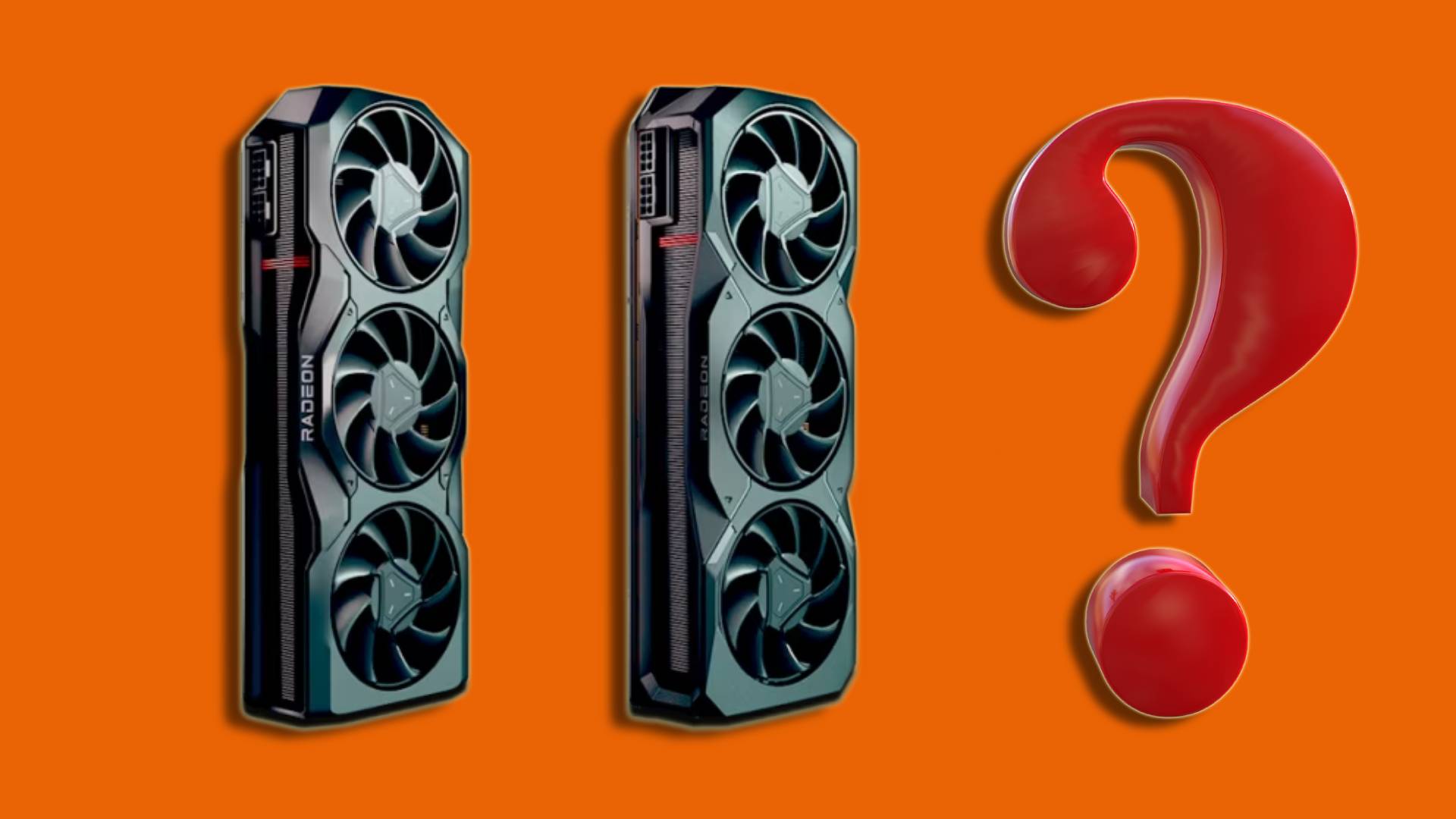
 www.pcgamesn.com
www.pcgamesn.com
I think they need to find a way to implement this frame gen tech without requiring support from each game developer /title.
Ideally, just get it working with all FSR2 games.

AMD all but confirms Radeon RX 7800 XT, FSR 3, and more for Gamescom
AMD Radeon chief, Scott Herkelman, preps us for product announcements, all but confirming AMD Radeon RX 7800 XT and RX 7700 XT rumors, and maybe FSR 3 to boot.
I think they need to find a way to implement this frame gen tech without requiring support from each game developer /title.
Ideally, just get it working with all FSR2 games.
Last edited:


